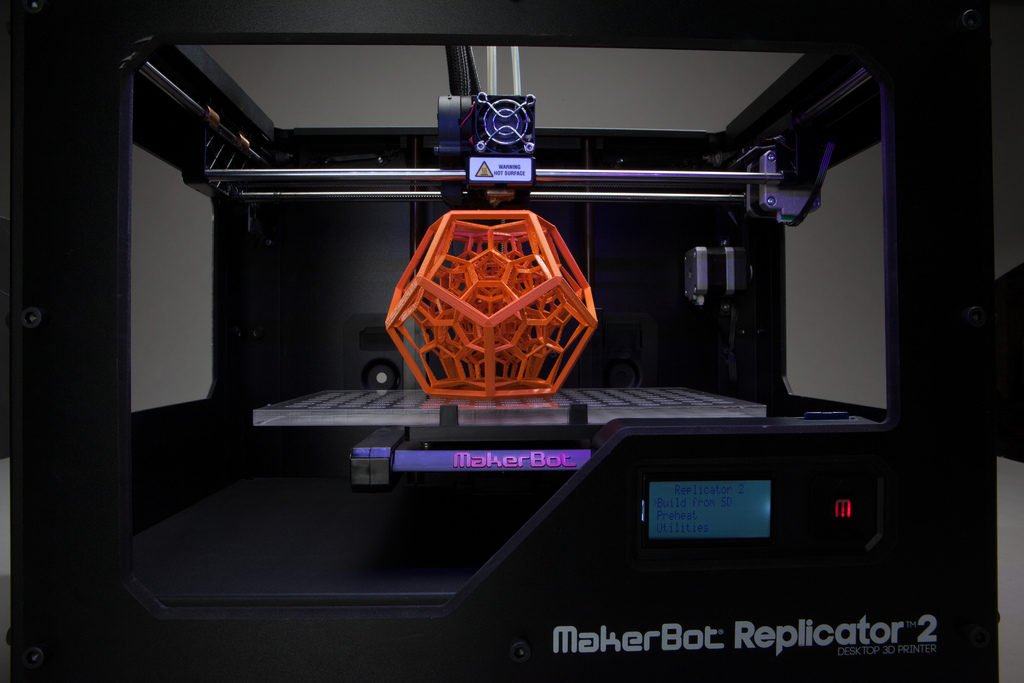Smart materials are materials that can respond to changes in their environment, such as temperature, pressure, light, or electricity. These materials have unique properties that make them useful in engineering fields like robotics, aerospace, and even healthcare. They are designed to change shape, size, or other characteristics when triggered by an external stimulus.
One exciting example of smart materials is shape-memory alloys. These alloys can “remember” a specific shape and return to it when heated. Engineers use these materials in medical devices, like stents, which are inserted into blood vessels and expand to hold the vessel open when heated by the body’s temperature.
Another example is piezoelectric materials, which generate electricity when they are compressed or stretched. These materials can be used in sensors, like those in smartphones, that detect motion or changes in pressure. In aerospace, piezoelectric materials are used to monitor the health of aircraft by detecting vibrations that could signal a problem.
Thermochromic materials, which change color with temperature changes, are also gaining popularity. These materials are used in energy-efficient windows that adjust their tint based on the temperature outside, reducing the need for air conditioning.
Smart materials are transforming how engineers approach challenges, offering innovative solutions that improve performance, safety, and sustainability. As technology advances, these materials will continue to play a major role in building the future of engineering.
Related Stories
https://www.mide.com/smart-materials
https://www.iberdrola.com/innovation/smart-materials-applications-examples
https://www.kreo.net/news-2d-takeoff/are-smart-materials-feasible-for-widespread-usage
https://www.olikrom.com/en/blog-olikrom/the-expert-eye/smart-materials/
https://www.sciencedirect.com/science/article/abs/pii/S2214785323050228
Take Action
https://hexagon.com/products/intergraph-smart-materials
https://www.evonik.com/en/company/divisions/smart-materials.html






